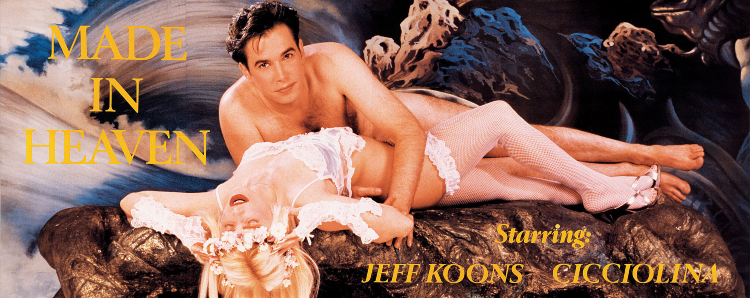The Greatest Films Of All Time are as follows:
Romance
1. Brief Encounter
2. Casablanca
3. Before Sunrise / Before Sunset
4. Breathless
5. In The Mood For Love
6. The Apartment
7. Hannah & Her Sisters
8. Eternal Sunshine Of The Spotless Mind
9. Room With A View
10. Jules & Jim
11. All That Heaven Allows
12. Gone With The Wind
13. An Affair To Remember
14. The Umbrellas Of Cherbourg
15. Lost In Translation
15. Roman Holiday
15. WALL-E
18. My Night With Maude
19. Voyage In Italy
20. Dr Zhivago
21. Harold & Maude
22. When Harry Met Sally
23. Say Anything...
24. The Fabulous Baker Boys
25. A Matter Of Life & Death
1. Chinatown
2. Touch Of Evil
3. Vertigo
4. Badlands
5. Rashomon
6. Double Indemnity
7. Get Carter
8. Pulp Fiction
9. Cache
10. GoodFellas
11. The Conversation
12. Bonnie & Clyde
13. The Killing
14. The French Connection
15. The Big Sleep
16. La Ceremonie
17. Point Blank
18. Hard-Boiled
19. The Long Good Friday
20. A Prophet
20. Heat
20. Scarface
23. Miller's Crossing
24. The Postman Always Rings Twice
25. Le jour se leve
1. Annie Hall
2. Borat: Cultural Learnings Of America For Make Benefit Glorious Nation Of Kazakhstan
3. Some Like It Hot
4. Team America: World Police
5. Dr Strangelove
6. The Ladykillers
7. Duck Soup
7. Rushmore
9. Kind Hearts & Coronets
10. Monty Python's Life Of Brian
11. Airplane!
12. Election
12. His Girl Friday
12. The Big Lebowski
15. This Is Spinal Tap
16. Bringing Up Baby
17. There's Something About Mary
18. Dazed & Confused
18. M*A*S*H
20. Groundhog Day
21. Clueless
22. The Great Dictator
23. Clerks
24. The Jerk
25. Shaun Of The Dead
1. Apocalypse Now
2. North By Northwest
3. Once Upon A Time In The West
4. The Wild Bunch
5. Deliverance
6. City Of God
7. Paths Of Glory
8. The Wages Of Fear
9. Crouching Tiger, Hidden Dragon
10. The Thin Red Line
11. Raiders Of The Lost Ark
12. Ran
13. Bullitt
14. Die Hard
15. The Adventures Of Robin Hood
16. The Searchers
17. Goldfinger
18. The Last Of The Mohicans
19. Full Metal Jacket
20. The Deer Hunter
21. Gladiator
22. Rome: Open City
23. Butch Cassidy & The Sundance Kid
24. Where Eagles Dare
25. The Incredibles
1. Andrei Rublev
2. Mulholland Drive
3. L'Atalante
4. Tokyo Story
5. Citizen Kane
6. A Clockwork Orange
7. Days Of Heaven
8. Wild Strawberries
9. The White Ribbon
10. The Gospel According To St Matthew
11. Aguirre: The Wrath Of God
11. Pather Panchali
13. The Conformist
14. Death In Venice
15. The Godfather I-II
16. The Graduate
16. There Will Be Blood
18. Battleship Potemkin
19. The Rules Of The Game
19. Shadows
21. Distant Voices, Still Lives
22. The Passion Of Joan Of Arc
23. La Dolce Vita
24. Breaking The Waves
25. Spirit Of The Beehive
1. 2001: A Space Odyssey
2. Metropolis
3. Blade Runner
4. Alien
5. The Wizard Of Oz
6. ET: The Extra-Terrestrial
6. Solaris
8. Spirited Away
9. Star Wars IV: A New Hope
10. Close Encounters Of The Third Kind
10. King Kong
12. Terminator I-II
13. The Matrix
14. Alphaville
15. Back To The Future
16. Planet Of The Apes
17. Brazil
18. The Lord Of The Rings I-III
19. Dark Star
20. The Day The Earth Stood Still
21. Edward Scissorhands
22. Akira
23. The Princess Bride
24. Pan's Labyrinth
25. Starship Troopers
1. Psycho
2. Rosemary's Baby
3. Don't Look Now
4. The Wicker Man
5. The Shining
6. The Exorcist
7. Nosferatu
8. Let The Right One In
9. Vampyr
10. Peeping Tom
11. The Innocents
12. The Ring
13. The Haunting
14. The Texas Chainsaw Massacre
15. Dead Of Night
16. The Cabinet Of Dr. Caligari
17. Halloween
18. Bride Of Frankenstein
19. Les Diaboliques
20. Audition
20. Dracula
22. The Blair Witch Project
23. Evil Dead I-II
24. Carrie
25. Les Vampires
1. Chinatown
2. Psycho
2. Andrei Rublev
4. Annie Hall
5. 2001: A Space Odyssey
6. Brief Encounter
7. Apocalypse Now
Before Sunrise and Before Sunset are counted as a single entry, as are The Godfather I-II, Terminator I-II, Evil Dead I-II, and The Lord Of The Rings I-III. Scarface is the Brian de Palma remake, Carrie is de Palma's 1976 horror film, and Dracula is the Terence Fisher Hammer version. Also, Some Like It Hot is the 1959 comic masterpiece, not the obscure 1939 comedy; and Psycho is the original version.


